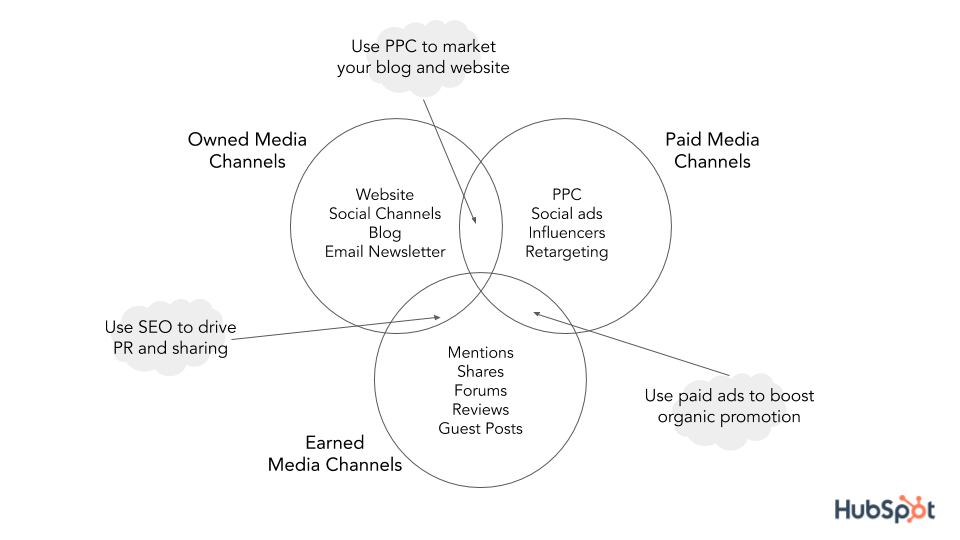Get Noticed with Inflatable Advertising: The Ultimate Offline Marketing Tool
Inflatable advertising is an excellent method to gain engagement and market your business in a creative and fun manner. Inflatables are available in multiple designs, shapes, and sizes, allowing companies to personalize their inflatables to fit their marketing message and brand appropriately.
Inflatables, inflatable air dancers, in specific, have become comparably a famous advertising technique in the past years because of their eye-catching and outstanding design. Inflatables are advertising tools created to move with the wind, making an attention-grasping movement challenging to overlook. Inflatables are used at outdoor events like grand openings, car dealership advertisements, and carnivals to attract brand or business attention.
This blog will examine the advantages of utilizing inflatables in advertising and the methods of incorporating them into your brand promotion.
The advantages of inflatable advertising
You would be surprised to discover that inflatable advertising has many more benefits than traditional advertising. There are different inflatable types; you can make customized inflatable tunnels, inflatable versions of specific objects, your products, for instance, inflatable air dancers, etc. Focusing on inflatable air dancers, they are perfect as a sign right outside your store for letting walkers know of sales or discounts you are offering; once you find more detailed information about inflatable wavy men, you will know how to apply this useful marketing tool to assist your business raise exposure and draw in more clients.



